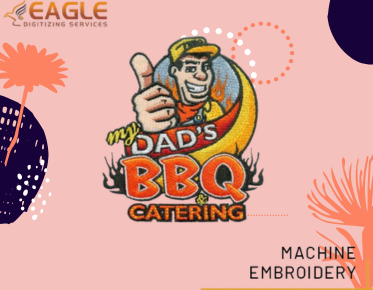Transforming JPEG or PNG Images into Vector Formats
In the digital design world, converting a JPEG or PNG image to a vector format is a common requirement, especially in industries reliant on high-quality prints and scalable graphics. This conversion process, known as vectorization, plays a critical role in ensuring your images remain crisp and clear regardless of how large they are scaled.
What is Vectorization?
Vectorization involves transforming a raster image, which is made up of tiny squares known as pixels, into a vector image governed by mathematical equations. This transformation ensures that the image can be resized infinitely without losing any quality. The advantage of vector images is found in their scalability and clarity, making them a preferred choice for a range of applications, from logos to intricate graphic designs.
Benefits of Converting to Vector
The conversion from JPEG or PNG to vector brings numerous advantages. Firstly, vector files are incredibly scalable, meaning images can be adapted for different sizes without losing resolution. This is particularly beneficial for print companies or businesses that require logos in various formats. Additionally, vectorization simplifies the editing process, as elements of the image can be manipulated individually.
Who Can Benefit from Vectorization?
Primarily, businesses involved in printing and advertising stand to gain significantly from vector images. These businesses include custom t-shirt designers, marketing agencies, and digital printing services. For instance, Eagle Digitizing offers comprehensive vector conversion services that cater to these industries by providing clean, scalable vector graphics suitable for a wide range of printing needs.
The Process of Converting JPEG or PNG to Vector
The conversion process typically involves tracing the image using vector software such as Adobe Illustrator or Corel Draw. This tracing can either be done manually, line by line, or by using automated vectorization tools that provide a quicker, though sometimes less precise, result. Additionally, professional services such as Eagle Digitizing's vector services specialize in converting intricate designs into clean, precise vector graphics.
Key Considerations in Vector Conversion
When undertaking vector conversion, it's crucial to consider the level of detail required in the final design. High-detail images may need a more nuanced approach, and adjustments might be necessary to ensure that color separations and layering are optimal for printing. Understanding these needs allows businesses to request specific formats, such as SVG or PDF, that will best suit their end-use requirements.
Choosing the Right Service
When selecting a service to handle your vector conversions, factors to consider include the service's expertise, customer reviews, and turnaround time. A reliable service will offer precision, quick delivery, and the ability to handle complex designs. Vector Conversions and other similar platforms provide comprehensive solutions to meet diverse graphic needs.
The Future of Vectorization
As digital media continues to evolve, the demand for high-quality, scalable vector graphics will only increase. Innovations in vectorization technology, including automated vector converters and enhanced vector editing software, are likely to provide even more efficient and effective solutions. For businesses looking to stay at the forefront of design capabilities, understanding and utilizing vector image conversions will be a crucial component of their strategy.
In conclusion, whether for branding, digital marketing, or custom prints, converting JPEG or PNG images to vectors provides a significant advantage. With the continuous advancements in vectorization technology and services like those offered by Eagle Digitizing, achieving high-quality vector graphics is more accessible than ever before. This effectively paves the way for more creative freedom and precision in design and marketing efforts.


.png)